Congratulations, you’re almost done with your first trimester! Now that you’re 3 months pregnant with twins, it’s time to think about how best to announce your twin pregnancy to your family and friends.
You could share a photo or a video on your social media accounts, email your loved ones, or just wait until people start noticing your baby bump.
As you near the end of your first trimester, the risk of miscarriage drops significantly. The rush of pregnancy hormones stabilises, which means that if you’ve been dealing with morning sickness and pregnancy fatigue, you should start to feel better soon.
This month, your twins are the size of apricots and are growing rapidly. Read on for more about the third month of a twin pregnancy.
Twin Pregnancy First Trimester: What are your twins up to?
Your babies are undergoing significant changes this month. By now, they will be about 5.4 cm long from crown to rump and will weigh about an ounce. At 3 months, your twins are still growing at about the same rate as singletons.
At this point, one of your twins may be slightly bigger than the other. If you go for a scan this month, your doctor may be able to point out the size difference between your babies. As long as the difference in their sizes isn’t too large, this is completely normal and shouldn’t be cause for concern.
Though they’re still roughly the size of lemons, your twins are looking more and more human. Their eyes (which used to be on the sides of their heads) are now positioned closer together and towards the middle of their faces. Their ears are now in the position they’ll be in at birth.
Your babies’ vocal cords are developing. Their kidneys are now making urine, their livers are producing bile, and their intestines have migrated to the abdominal area. The babies’ urine is filling up the amniotic sac. Baby wee is actually a major component of the amniotic fluid in the latter half of your pregnancy.
At 3 months, your twins’ fingers and toes have lost their initial webbed appearance. Their external sex organs are developing, and they’re beginning to exhibit male or female characteristics.
By the end of the first trimester, your babies’ brains have developed considerably, their reflexes have improved, and they are moving in new ways. They can curl their itty bitty toes, open and close their fists, suck, and hiccup. They will react when your belly is poked, though you won’t feel them move just yet.
Twin pregnancy symptoms at 3 months
In your third month of pregnancy, your belly should already be showing. However, since you’re carriying twins, it’s also likely that your bump has been noticeable for a few weeks now. Because of this (and the reduced risk of miscarriage), it’s time to spread the news that you’re having twins.
This month, you can also expect:
Pregnancy weight gain — It’s not just the extra pounds you’ve put on that’s making your clothes fit a bit too tightly this month. Your body is changing in many ways because of your growing babies. For instance, your uterus is expanding significantly. There’s also the increased blood volume, the weight of the amniotic fluid, and the weight of the placenta/s. It may be time to raid your (or your partner’s) closet for looser fitting clothes.
Tender breasts — Your hormones should have calmed down by now, but you may still feel a bit of soreness in your breasts. Time to buy some maternity bras! For relief, you can use ice packs or even bags of frozen veggies. Aside from the soreness, you may also notice that you’re areolas are getting darker.
Melasma — One of the side effects of pregnancy hormones is the increase in skin pigmentation. You may start to notice dark spots all over your cheeks and forehead. This is chloasma or the “mask of pregnancy,” which is quite common and shows up in about half of all expectant mums. Cover up with concealer, if you must, but rest assured that the spots will lighten or disappear after you give birth.
Round ligament pain — As your abdominal and pelvic muscles stretch to accommodate your growing twin babies, you’ll start to feel some sharp aches in your lower abdominal or groin area. This is very common during pregnancy, and some mums barely notice them. For others, though, it can be really painful.
According to WebMD, applying warmth to the affected area should bring you relief. Make sure your heating pad isn’t too hot as extreme heat can harm your babies.
Twin Ultrasound at 3 months
This month, you’ll be able to see your twins moving around. Their reflexes are developing, and you might even see them opening and closing their hands.
If you go in for your 12-week twin ultrasound scan, don’t expect your doctor to tell you if you’re having boys or girls or one of each. At this point, it’s still too early to know your babies’ sex with any certainty. While 12 or 13 weeks is the earliest an ultrasound technician can make out whether a baby is male or female, you’ll likely have to wait until the 4th or 5th month to know for sure.
However, if you’ve decided to get DNA blood testing to check for chromosomal disorders, the results will also show if you’re having boys or girls (or both).
3 months pregnant with twins: this month’s checklist
This month, you should think about:
- Buying maternity clothes for women carrying twins
- Talking to your doctor about restrictions on certain activities like sports and certain hobbies
- Changing your workout to something less strenuous
- Switching to a pregnancy safe sunscreen
- Planning a “babymoon”
- Researching childcare options for your babies
- Preparing your older children for the arrival of the twins
Being 3 months pregnant with twins, you’re at that beautiful place where the crazy pregnancy hormones have subsided, and your babies aren’t yet big enough to cause you much physical pain.
Use this time to make preparations for your precious duo’s arrival, but try to squeeze in some pampering as well.







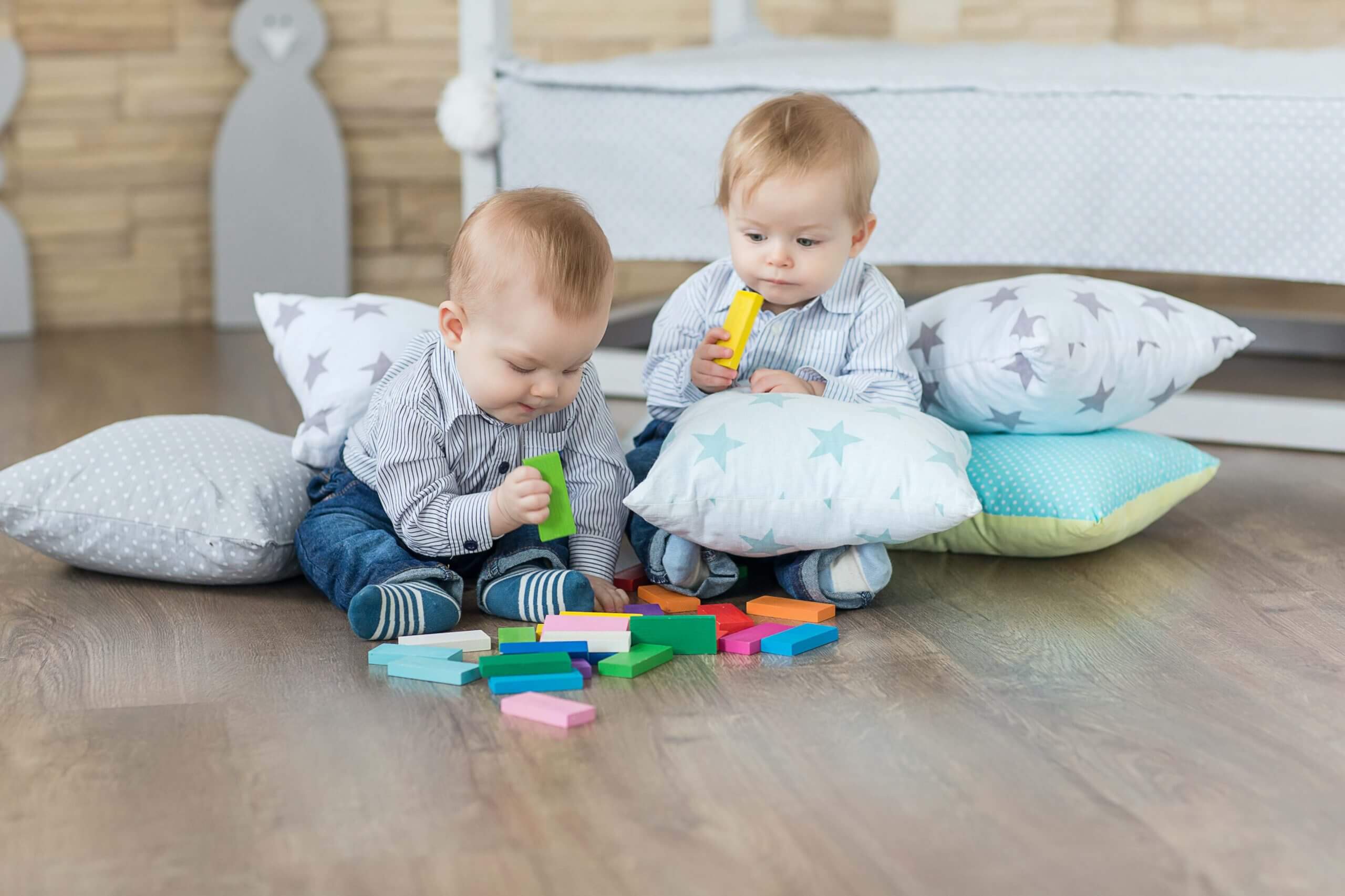



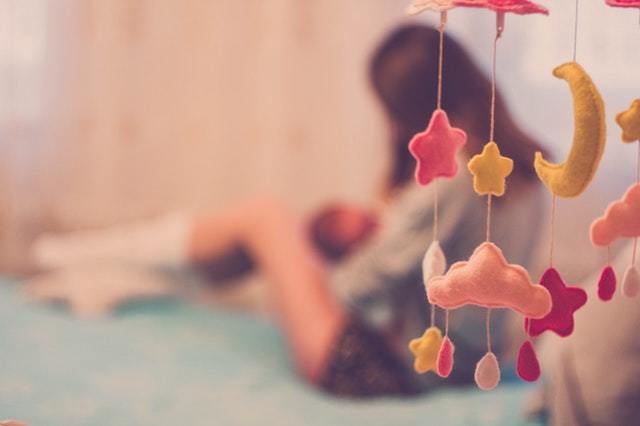







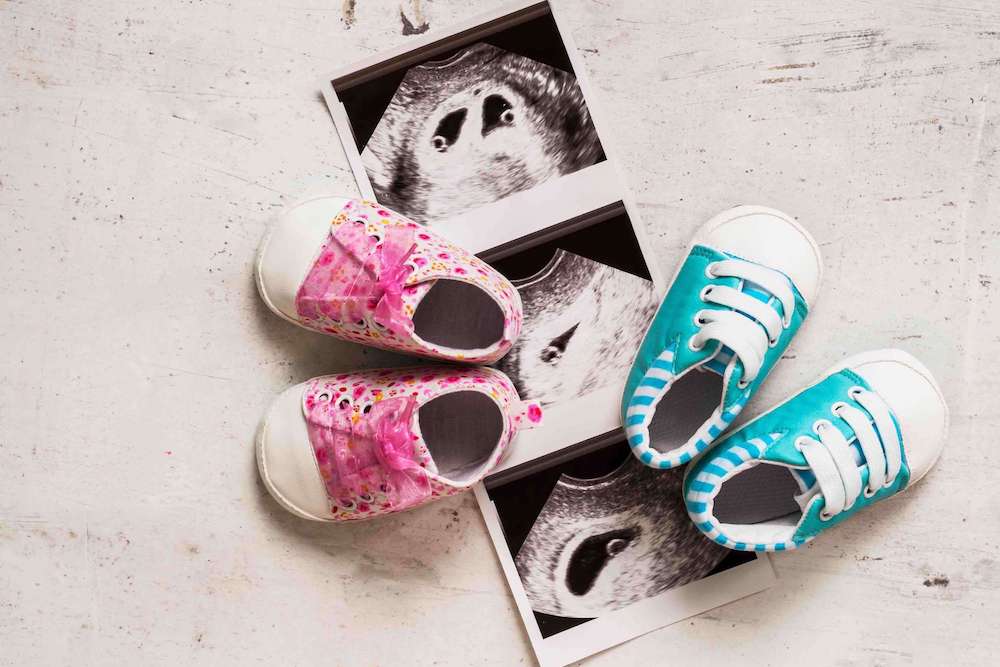
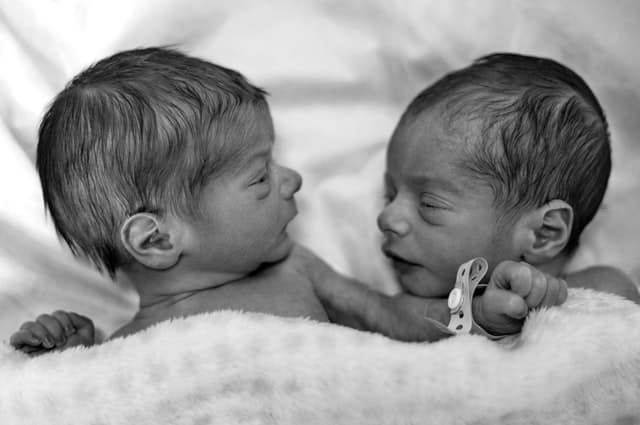

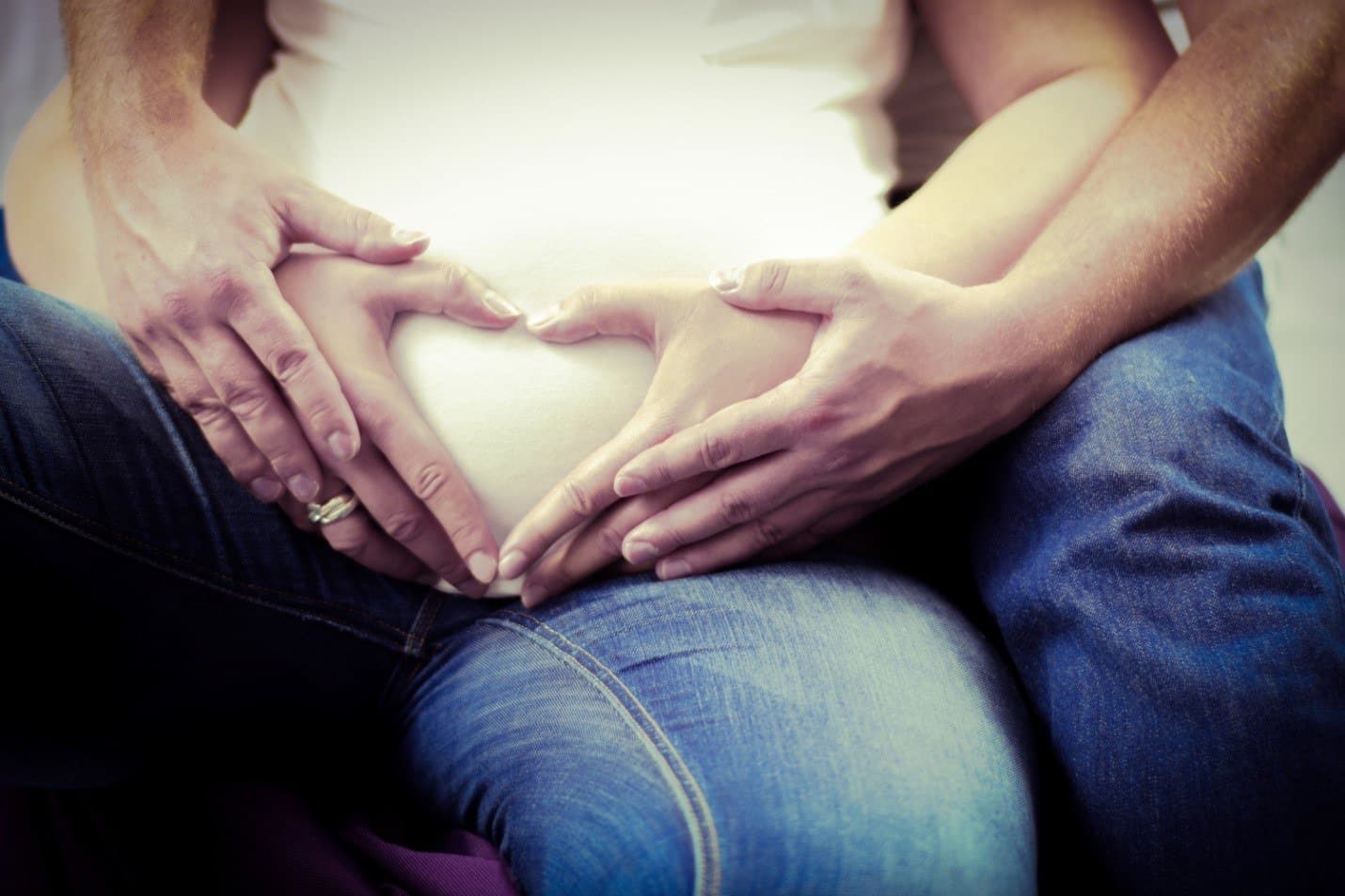
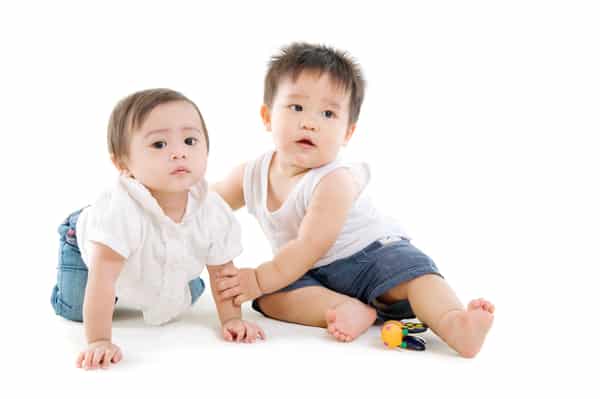

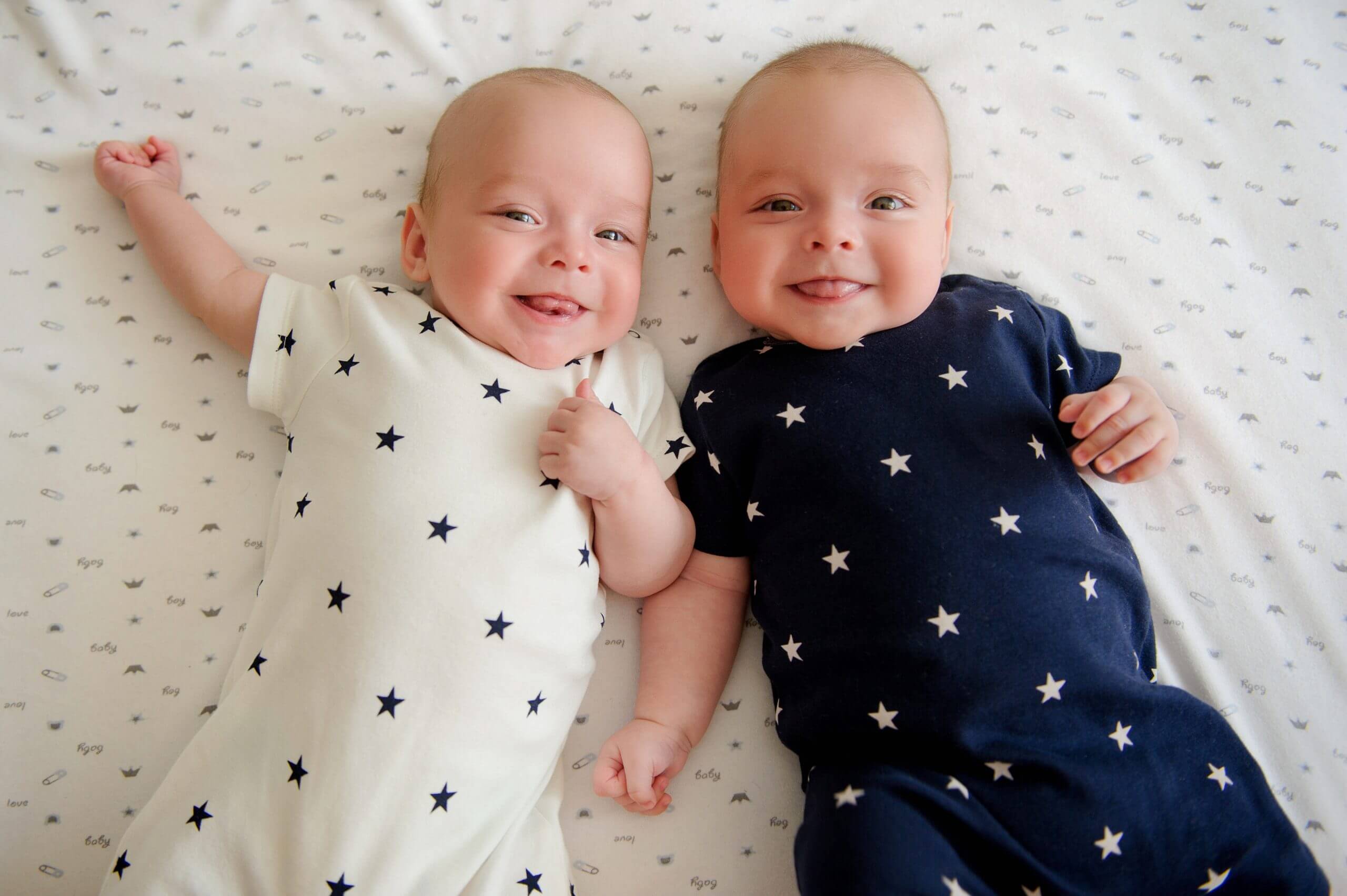


 Store
Store